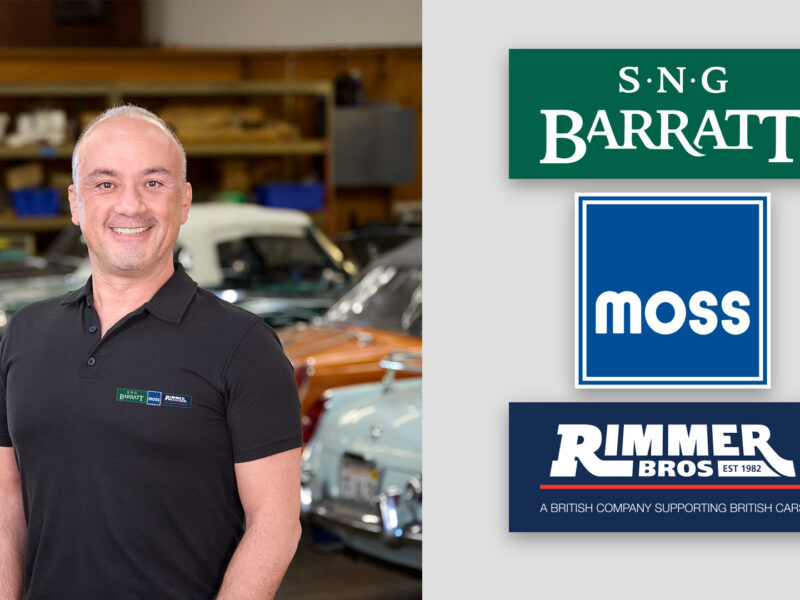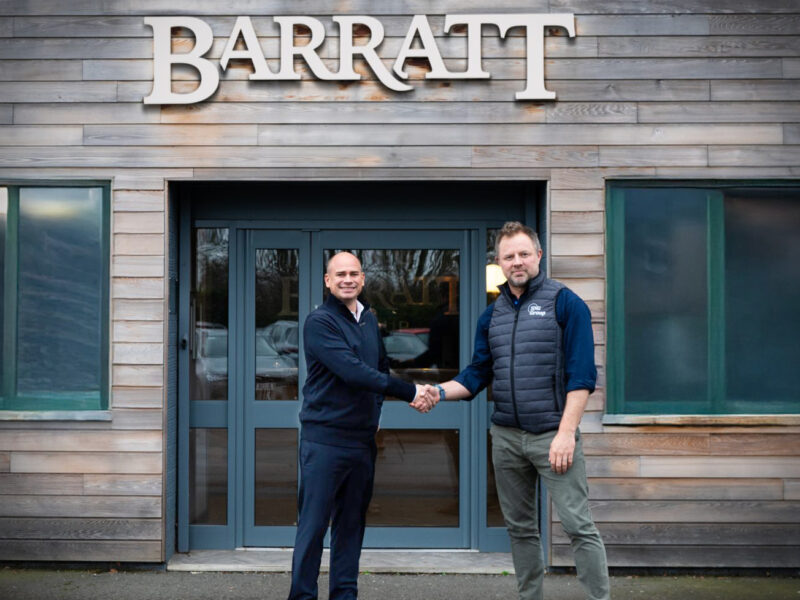In this issue, I would like to address the thorny subject of originality as it affects old cars, and particularly the showing of old cars. I tend to suspect that this subject has caused more arguments and heated debate than any other since the dawn of the historic car movement, but when one considers the difficulties involved in defining and establishing true originality, then I suppose that this is not so surprising.
Are there any truly original cars? Well yes, just a few, cars which through some accident of history or eccentricity of the owner have remained unused, or virtually unused, for the majority, or even all of their lives. We know the stories of the last 50 E-Type Jaguars, sold in early 1975. Apparently, a good few of these cars were purchased by wealthy collectors who cocooned them from day one, and in some cases, they are still as new in 1998. Likewise with some of the last MGBs and Midgets. Occasionally, such cars appear on the open market, maybe on the death of the owner, or when some acute financial cramp sets in! But leaving aside the difficulty of valuing such freak vehicles, in truth, what good are they as cars?
The moment they are subjected to regular use, their uniqueness as a “new” old car is lost, and in any event, after 20 or more years in storage, however careful, certain perishable items will have to be renewed even though they have never performed their originally designed work. I, for one, would not care to drive at 100 mph a recently acquired 20-year-old “new” MGB on tires that had supported its weight in the same position for those 20 years!
As an example, on one of my trips to the U.S., I was shown a 1955 TR2 with only 8,000 miles on the clock—almost nothing had been replaced on this car, yet it did not look like new, for one presumes that its storage conditions were not all they might have been. Certainly it would have won no prizes in the state it was in when I saw it. It had original tires, hoses, brake lines, and seals, plus an original cotton-covered wiring loom with some excitingly perished insulation. A fire waiting to happen, maybe? Having covered 8,000 miles, albeit many years ago, the car was not quite in the same condition as the stored E-types referred to above, but like them, it was truly original. What it was not, however, was capable as use as a car!
Those 40-year-old hoses would have split within a few miles when subject to boiling water heat, those brake cylinders would have leaked when applied hard (or more possibly have seized up from lack of use), and the wiring loom could have self-destructed at any time, taking the rest of the museum piece with it. In short, it was not capable of use without wholesale replacement of the great bulk of perishable items. However, following such replacement, it would no longer be original—an insoluble conundrum! All that one could do with such a vehicle, interesting though it might be, would be to put it on a transporter and take it to club events to be exhibited as a curiosity—or else used as a yardstick to settle heated originality debates. Now there’s an idea—maybe every club should have one! So we are now at the stage where the truly original car is also the unusable car, unless, that is, one is prepared to compromise that very originality by replacing the perishables at the very least.
However, every serious car show which I attend in the U.K. (and I suspect the same is true in the U.S.) offers concours prizes for originality. The cars that win such events are almost never cars with histories such as those described above; rather, they are pristine, newly rebuilt cars finished as far as possible to original specifications. They are NOT original cars by their very nature! Indeed, thanks to companies such as our own Moss Motors, it is now possible, in the case of several British sports cars, to create a new car virtually from scratch—the true “chassis plate rebuild!” For example, one could set out to build a sidescreen TR from new parts, and about the only major component that could not be purchased new, from one source or another, would be the engine block and head, and I am given to understand that even these will soon be available.
The same is true of the MGBs, Midgets, E-Types—what we call the “Queen Anne’s Axe” problem. You know, it’s had four new heads and five new handles—but it’s still Queen Anne’s axe! I should stress that I am not seeking to decry the well-executed concours rebuilds, done as far as possible to original specification, merely to point out that however well done they are, they are NOT, and never can be, original in the truest sense of the word. What surely one should have, therefore, is two separate classes at shows, one for cars “rebuilt to original specification” and one for “truly original cars.” These latter cars would be judged without regard to condition, but with regard only to the actual originality of the components that make up the car. I accept that this class would be sparsely attended, but it would provide a forum for showing those few truly original “new old stock” vehicles even if, as in the case of the 8,000-mile TR2, their condition would preclude them from prizes at normal concours events.
Recently, we had a 19,000-mile from new TR3A turn up in England…as far as could be ascertained, this car was virtually exactly as built, but it had suffered the indignity of 20 years of outside storage, and to look at it, one would think it had been to the moon and back! Even the rust was rusty. Now, it would be nice if the lucky finder of this rarity could take it to a show one year, win a prize for the most truly original car, then take it away to rebuild it using as many original pieces as possible, and then win again the following year in the “cars rebuilt to original specification” class. At least that way, the public would have a rare opportunity to see true original before it was destroyed forever, necessary though that destruction was. After all, a seriously rusty car is not really any good to anyone long-term.
The introduction of a “truly original” class might also settle the “what was original” argument. As I know myself, having written on the subject, it is horrendously difficult to be categorical to the original specification of a particular model—the factory itself could be guilty of so many inconsistencies that what chance do rebuilders and judges stand 40 years later?
A further idea in the “cars built to original specification class”: could some way be found of giving credit for the use of original rather than reproduction items? I suspect this would be a nightmare for the judges, but it might be a way of separating two otherwise well rebuilt and overtly similar cars. For instance, maybe one contains, say, 67% of original parts (albeit refurbished), whereas the other contains only 33%—on second thought, count me out as a judge on this one—it would probably take a week to do each car! Due allowance can be made for those safety items where deviation from originality is allowed on safety grounds. For instance, the use of clips on fuel lines that were originally just ish-fit items.
Maybe the foregoing will just add more fuel to the fire of the great originality debate, but I do feel that we should strive to find a formula that does not penalize genuinely original cars which are not in top condition, as compared with the superb condition of rebuilt vehicles. It seems to me that the regular inclusion of separate classes would be the way to do this—but what do our readers think?
(Bill is the author of Original Triumph TR and Triumph by Name—Triumph by Nature, both of which are available from Moss Motors. We feel this gives him some stature to address the above subject!—Ed.)







'Originality: A Vexing Question' has no comments
Be the first to comment this post!